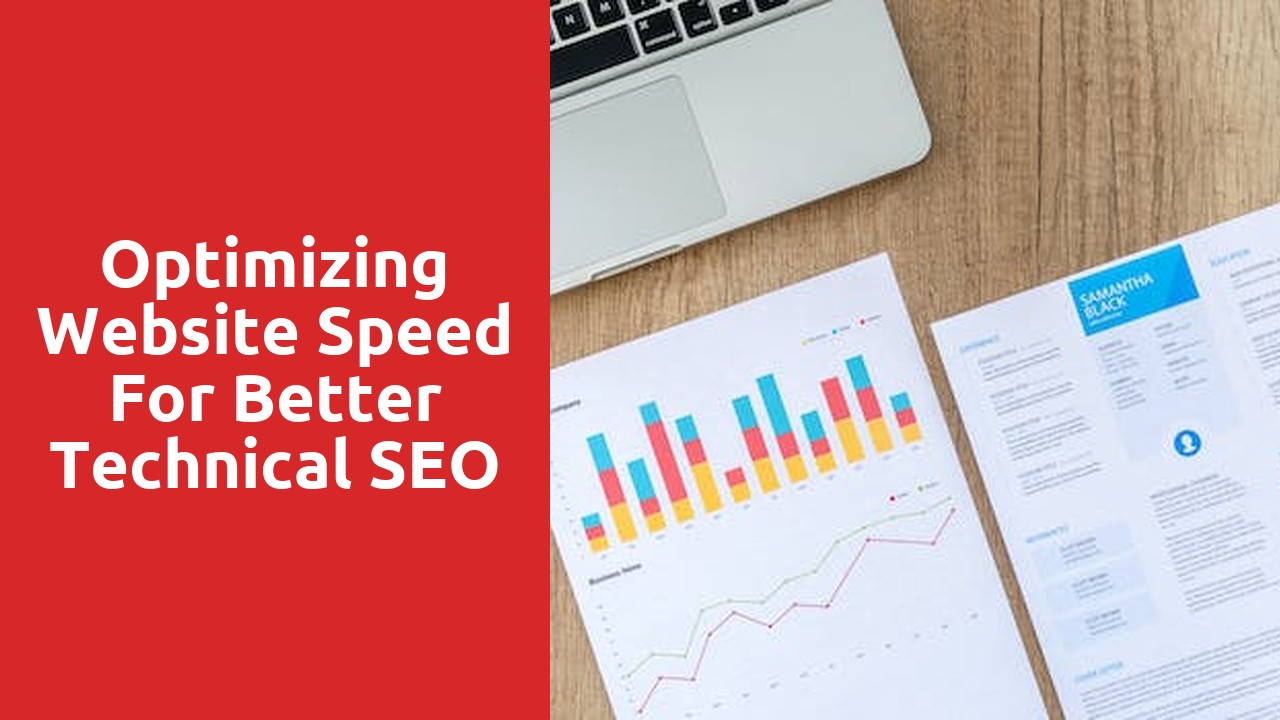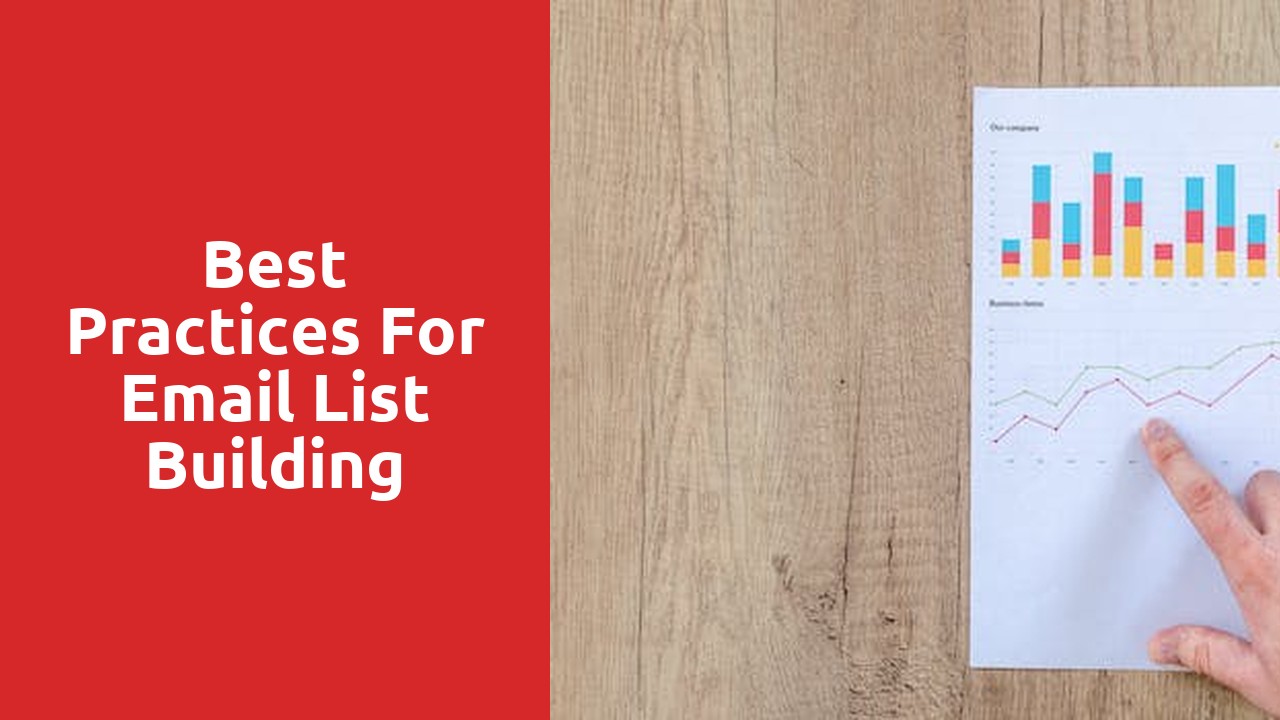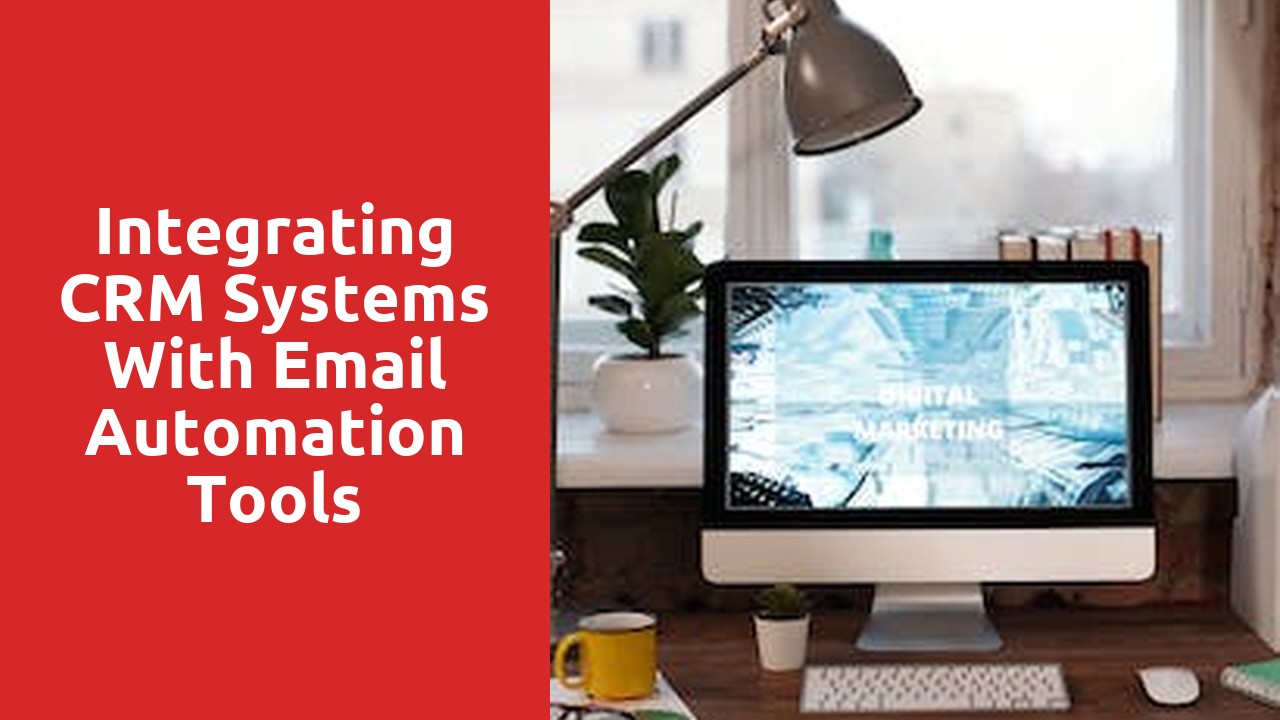Click-Through Rate (CTR): Gauge the engagement level of your audience by monitoring the percentage of recipients who click on links within your emails.
Email marketing is a powerful tool in today’s digital world, allowing businesses to directly reach their target audience. However, crafting the perfect email is only half the battle. It is equally important to measure the engagement level of your audience and determine if your emails are resonating with them. This is where click-through rate (CTR) comes into play. By monitoring the percentage of recipients who click on links within your emails, you can gauge the effectiveness of your email campaigns and make necessary adjustments to improve engagement.
CTR serves as a metric that reflects the interest and responsiveness of your audience. It indicates how many recipients are actively engaging with your content and taking the desired action. A high CTR suggests that your emails are capturing the attention of your subscribers and compelling them to click through to your website or landing page. On the other hand, a low CTR may indicate that your emails are not effectively resonating with your audience or that the call-to-action within your email needs to be more enticing. By regularly monitoring and analyzing your CTR, you can gain valuable insights into the preferences and behavior of your audience, allowing you to refine your email marketing strategy and optimize campaign performance.
Conversion Rate: Determine the success of your email automation efforts by tracking the percentage of recipients who complete a desired action, such as making a purchase or filling out a form.
When it comes to measuring the success of your email automation efforts, the conversion rate is a crucial metric to consider. It allows you to track the percentage of recipients who take a desired action, such as making a purchase or filling out a form. By analyzing this rate, you can gain valuable insights into the effectiveness of your email campaigns and determine whether they are successfully driving the actions you desire.
The conversion rate is a direct indicator of how well your emails are engaging and motivating your recipients. It shows the percentage of individuals who not only open and read your emails but also go on to complete the desired action. A high conversion rate signifies that your email content, design, and call-to-action are persuasive and compelling enough to prompt recipients to take the desired steps. On the other hand, a low conversion rate may indicate areas of improvement, such as the need for clearer messaging or more enticing offers. By continuously monitoring and analyzing your conversion rate, you can optimize your email automation efforts and maximize the effectiveness of your campaigns.
Bounce Rate: Keep an eye on the number of emails that are returned as undeliverable to identify any issues with your email list quality or email server.
Bounce Rate is a valuable metric that provides insights into the overall health and effectiveness of your email campaigns. By monitoring the number of emails returned as undeliverable, you can quickly identify any issues with your email list quality or email server. This helps you maintain a clean and updated email list, ensuring that your messages reach the intended recipients.
A high bounce rate may indicate that your email list contains invalid or inactive email addresses. These could be due to factors like typos, fake accounts, or people who have unsubscribed from your emails. By regularly checking and verifying your email list, you can remove these problematic addresses and improve the deliverability of your campaigns. Additionally, a high bounce rate may also highlight problems with your email server that need to be addressed promptly to avoid further delivery issues.
Unsubscribe Rate: Monitor the percentage of subscribers who opt out of receiving future emails to assess the effectiveness of your email content and frequency.
One crucial metric to monitor in email marketing is the unsubscribe rate. This rate reflects the percentage of subscribers who choose to opt out of receiving future emails from your brand. By keeping a close eye on this metric, you can gain valuable insights into the effectiveness of your email content and frequency.
A high unsubscribe rate can indicate several potential issues. It could be a sign that your subscribers are not finding value in the content you provide or that the frequency of your emails is overwhelming them. Additionally, it could suggest that your subscribers’ preferences or interests have changed, and you need to reassess your email marketing strategy accordingly. Monitoring the unsubscribe rate allows you to identify and address these issues promptly, ensuring that your email campaigns remain engaging and relevant to your audience.
Time in Inbox: Measure how long your emails stay in recipients’ inboxes to understand their level of engagement and the likelihood of them taking action.
As an email marketer, it is crucial to understand how long your emails stay in recipients’ inboxes. This metric, known as Time in Inbox, provides valuable insights into the level of engagement of your audience and the likelihood of them taking action. By measuring the time your emails spend in recipients’ inboxes, you can gauge their interest and determine if your content is resonating with them.
Time in Inbox can be an indicator of the effectiveness of your email campaigns. If your emails are quickly moved to the trash or left unread for an extended period, it may suggest that your messages are not capturing the attention of your recipients. On the other hand, if your emails remain in the inbox for a significant duration, it signifies that they have caught the recipients’ eye and piqued their interest. This information helps you understand the impact your emails have on your audience and allows you to tailor your strategies accordingly.
When analyzing Time in Inbox, keep in mind that various factors can influence the duration an email remains in the inbox. The content, subject line, and sender name all play a role in determining whether a recipient chooses to open and engage with your email. By monitoring this metric consistently, you can identify patterns and make data-driven decisions to improve your email marketing efforts. Remember, the longer your emails stay in recipients’ inboxes, the more likely they are to take action and convert.
Email Sharing Rate: Track the number of recipients who forward your emails or share them on social media to gauge the level of interest and potential reach of your content.
One key metric to track the effectiveness of your email marketing efforts is the email sharing rate. This metric allows you to determine the number of recipients who forward your emails or share them on social media platforms. By tracking this rate, you can gain valuable insights into the level of interest your content generates and the potential reach it can achieve.
The email sharing rate provides you with a clear picture of how engaged your audience is with your emails. When recipients are compelled to share your content with others, it indicates that they find value in what you are offering. This can be a strong indicator that your email campaigns are resonating with your target audience and capturing their attention. Additionally, by measuring the number of shares on social media, you can gauge the level of engagement and potential reach of your content beyond your email list. This helps you understand whether your efforts are effectively reaching a wider audience and generating organic traction online.














